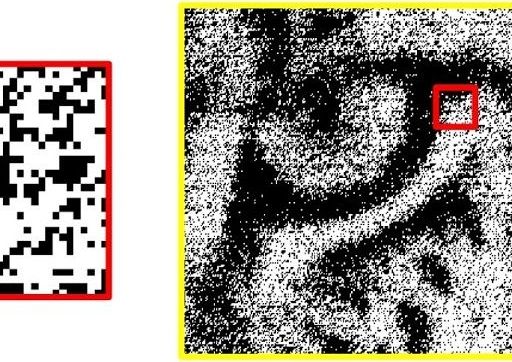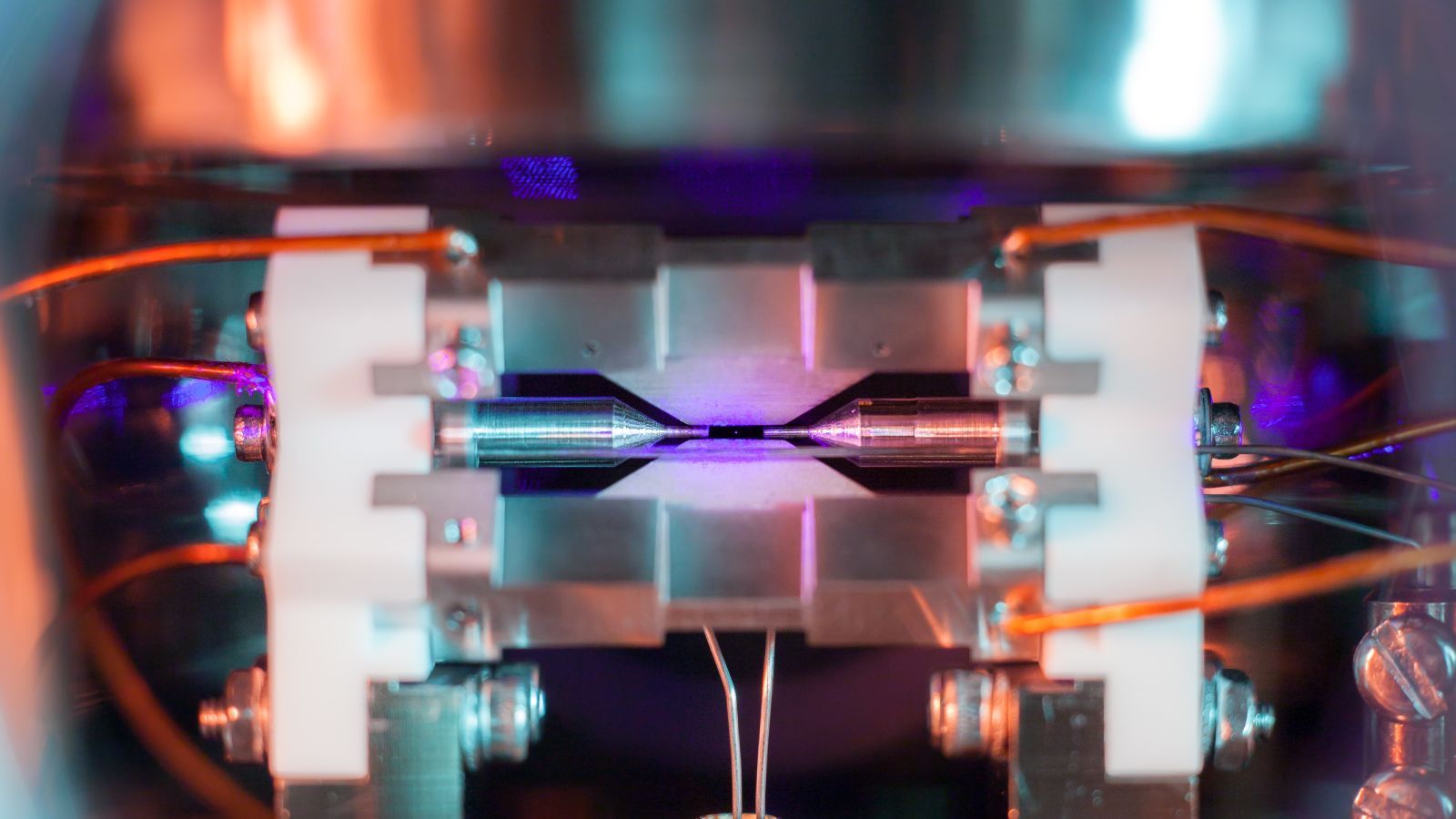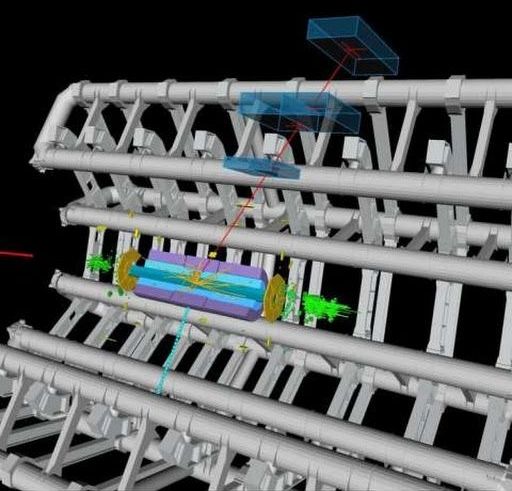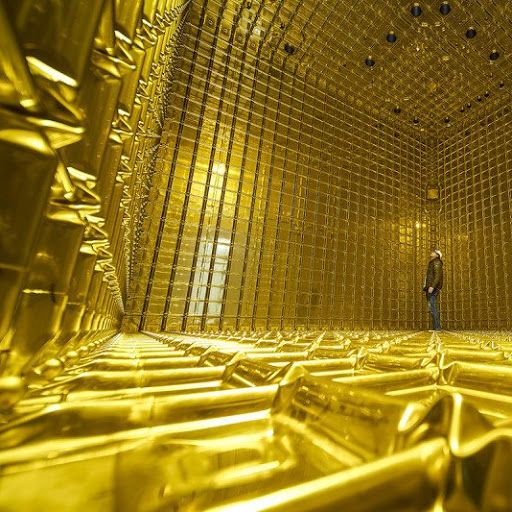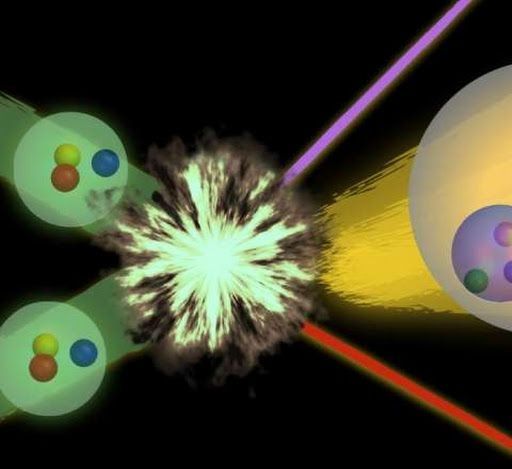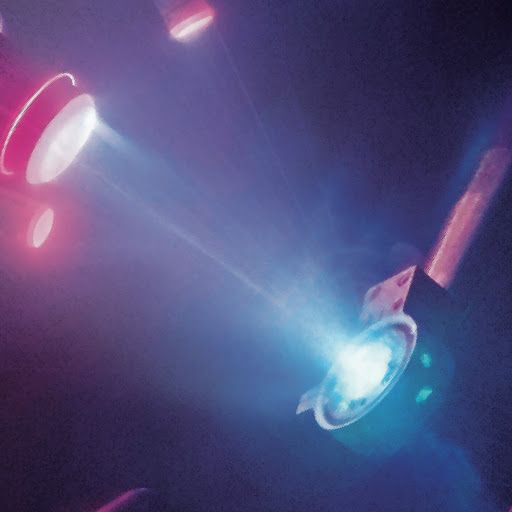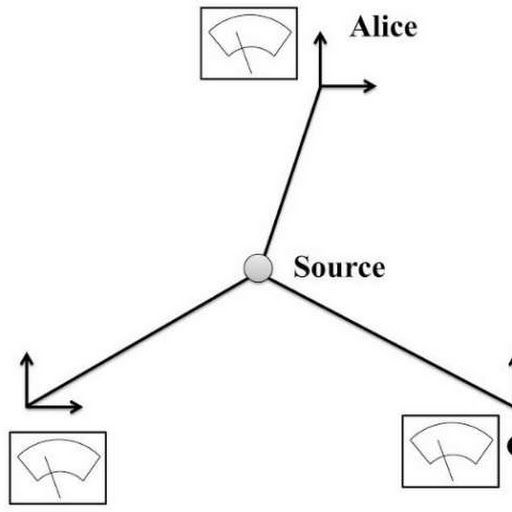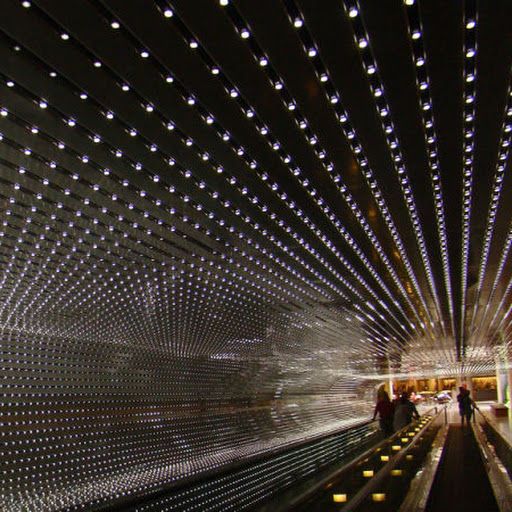Archive for the ‘particle physics’ category: Page 469
Feb 13, 2018
Picture of Single Trapped Atom Wins UK Science Photography Prize
Posted by Shane Hinshaw in categories: engineering, particle physics, science
Zoom in close on the center of the picture above, and you can spot something you perhaps never thought you’d be able to see: a single atom. Here is a close-up if, you’re having trouble:
This strontium atom is emitting light after being excited by a laser, and it’s the winner of the UK’s Engineering and Physical Sciences Research Council (EPSRC) photography award. The EPSRC announced the winners of its fifth annual contest yesterday. Winning photographer David Nadlinger, graduate student at the University of Oxford, was just excited to be able to show off his research.
“It’s exciting to find a picture that resonates with other people that shows what I spend my days and nights working on,” Nadlinger told me. The best part, to him, was “the opportunity to excite people about my research, more than winning a competition.”
Continue reading “Picture of Single Trapped Atom Wins UK Science Photography Prize” »
Feb 12, 2018
First high-precision measurement of the mass of the W boson at the LHC
Posted by Genevieve Klien in category: particle physics
Display of a candidate event for a W boson decaying into one muon and one neutrino from proton-proton collisions recorded by ATLAS with LHC stable beams at a collision energy of 7 TeV. (Image: CERN In a paper published today in the European Physical Journal C, the ATLAS Collaboration reports the first high-precision measurement at the Large Hadron Collider (LHC) of the mass of the W boson. This is one of two elementary particles that mediate the weak interaction – one of the forces that govern the behaviour of matter in our universe. The reported result gives a value of 80370±19 MeV for th…
Feb 12, 2018
Light controls two-atom quantum computation
Posted by Shailesh Prasad in categories: mathematics, particle physics, quantum physics
Scientists have demonstrated mathematical operations with a quantum gate between two trapped atoms that is mediated by photons.
Feb 11, 2018
Peek inside a gilded cage of liquid argon made to spot neutrinos
Posted by Genevieve Klien in category: particle physics
This huge shiny cube is just a 1/20th scale model of the planned DUNE neutrino detector. It will be filled with liquid argon to catch these elusive particles.
Feb 11, 2018
Particle interactions on Titan support the search for new physics discoveries
Posted by Genevieve Klien in categories: nuclear energy, particle physics, supercomputing
Nuclear physicists are using the nation’s most powerful supercomputer, Titan, at the Oak Ridge Leadership Computing Facility to study particle interactions important to energy production in the sun and stars and to propel the search for new physics discoveries.
Feb 7, 2018
Fast-spinning spheres show nanoscale systems’ secrets
Posted by Saúl Morales Rodriguéz in categories: nanotechnology, particle physics
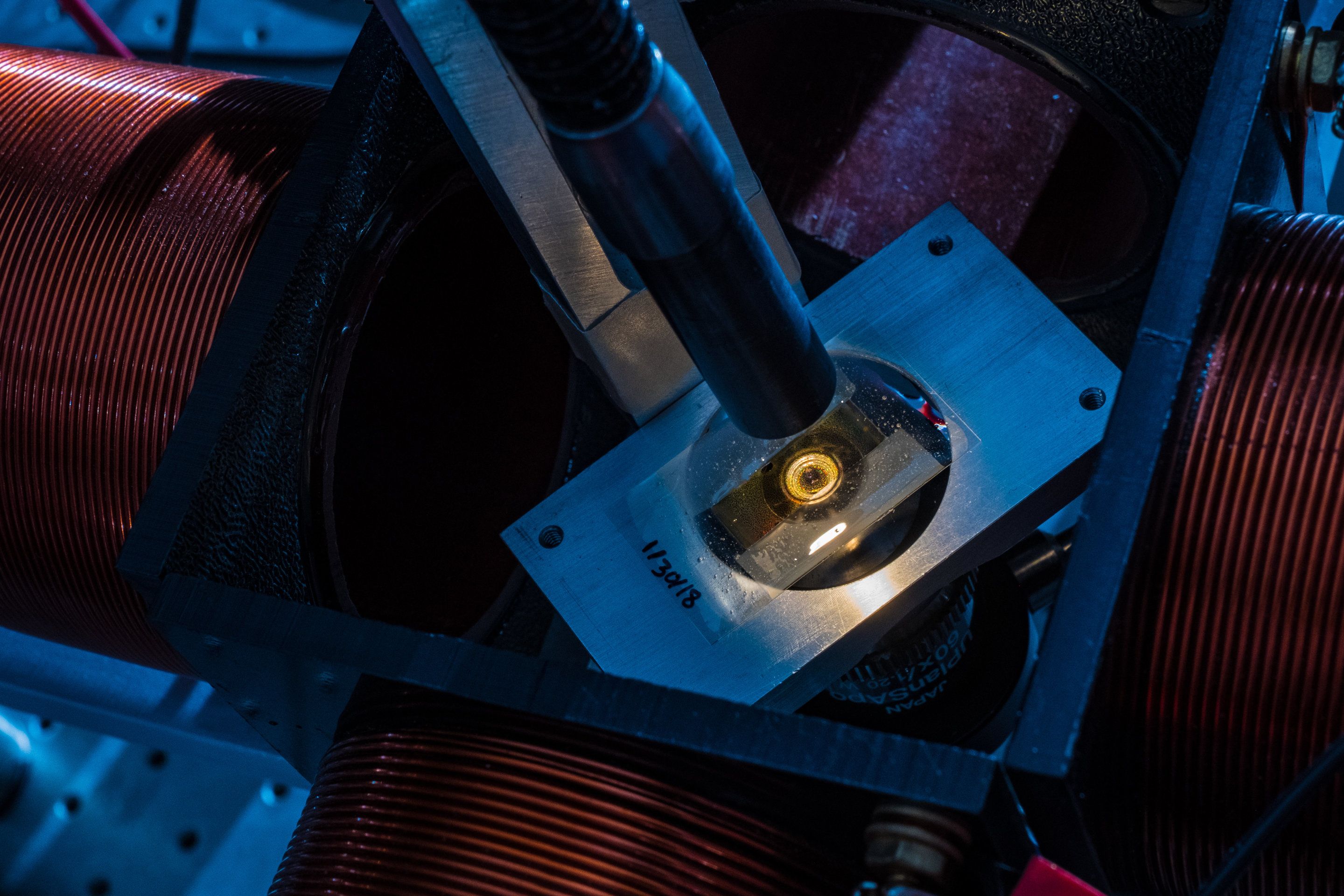
Spin a merry-go-round fast enough and the riders fly off in all directions. But the spinning particles in a Rice University lab do just the opposite.
Experiments in the Rice lab of chemical engineer Sibani Lisa Biswal show micron-sized spheres coming together under the influence of a rapidly spinning magnetic field. That’s no surprise because the particles themselves are magnetized.
Continue reading “Fast-spinning spheres show nanoscale systems’ secrets” »
Feb 6, 2018
Scientists Observe Incredible New Kind of Ice Thought to Exist in Uranus’ Center
Posted by Genevieve Klien in categories: particle physics, space
Here is an ice cube you do not want to put in your Diet Coke: A solid lattice of oxygen atoms with protons whizzing around inside of it. This ice is not normal on Earth, but might be elsewhere. And scientists have created it in a lab.
Feb 2, 2018
Generalized Hardy’s paradox shows an even stronger conflict between quantum and classical physics
Posted by Genevieve Klien in categories: particle physics, quantum physics
By building the most general framework for the n-particle Hardy’s paradox and Hardy’s inequality, the results of the new paper provide a stronger Hardy’s paradox, and can also detect more quantum entangled states. As the success probability for the three-qubit generalized Hardy’s paradox reaches 0.25, the researchers are very hopeful that it will be observed in future experiments. Credit: Jiang, et al. © 2018 American Physical Society In 1993, physicist Lucien Hardy proposed an experiment showing that there is a small probability (around 6–9%) of observing a particle and its antiparticle in…
Feb 1, 2018
Multiverse Thought Experiment Suggests Life Could Still Exist Under Different Laws of Physics
Posted by Genevieve Klien in categories: cosmology, particle physics
Image: istolethetv/Flickr Perhaps we’re not alone but instead reside in a multiverse stocked with all sorts of fantastical realms. These other universes are somewhat—but not exactly—like our own. Maybe gravity acts differently, or particles come in different shapes and sizes. Could life still exist in any of these bubbles? A team of researchers at the University of Michigan asked these questions but took things a step further. They removed one of the four fundamental forces of nature, the weak nuclear force, from their hypothetical universes. And according to their calculations, these alter…
